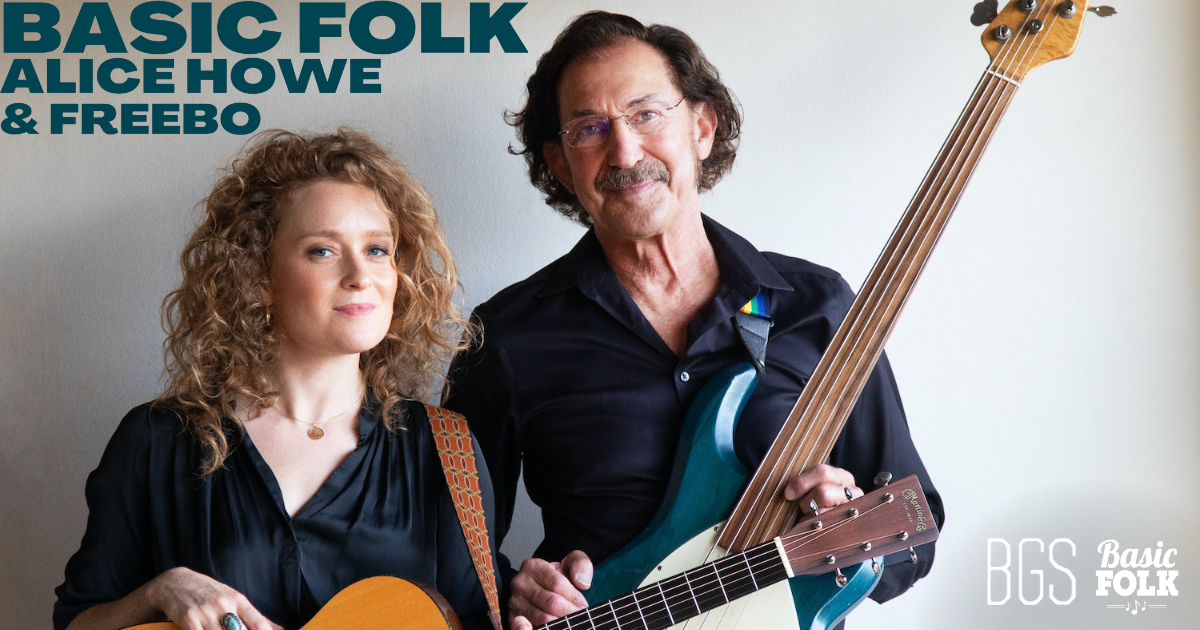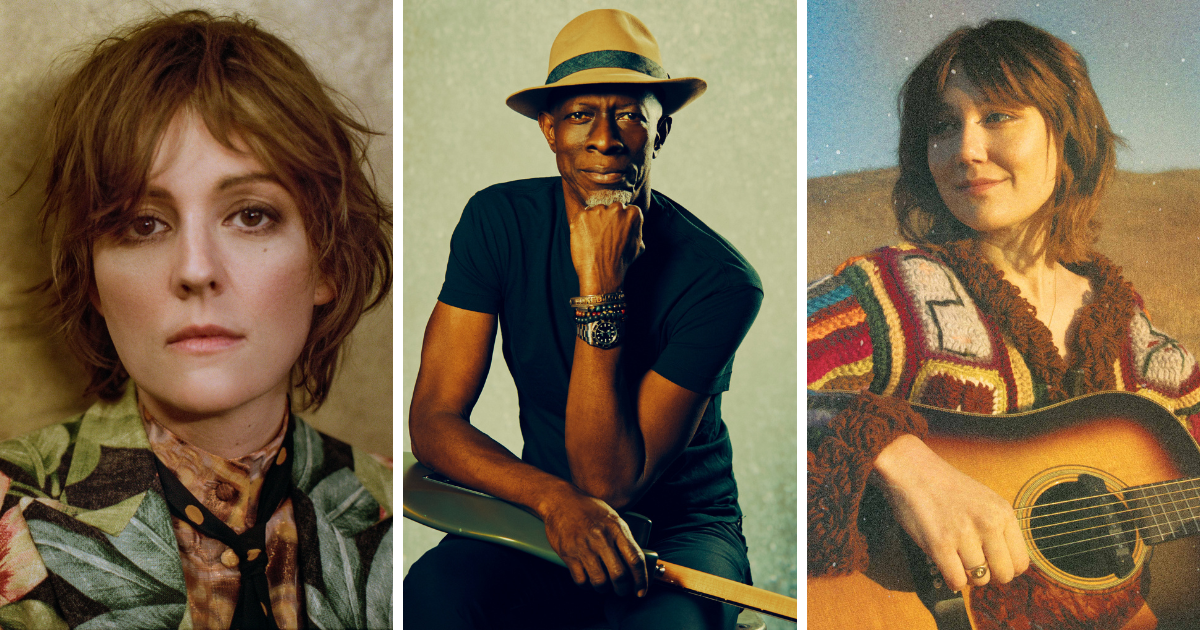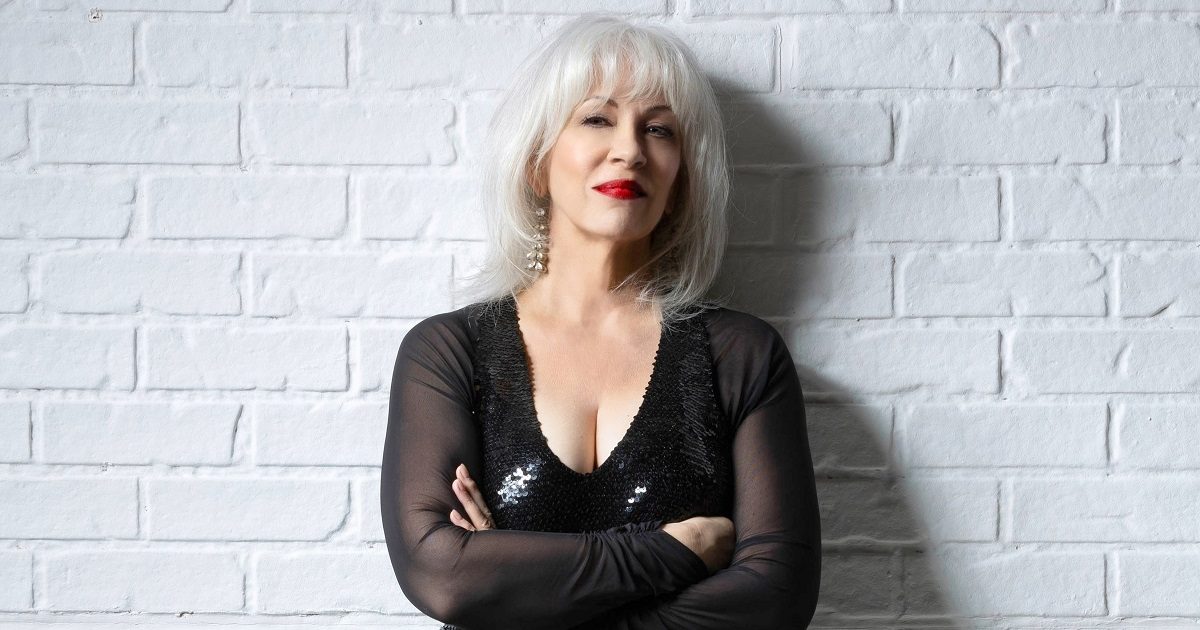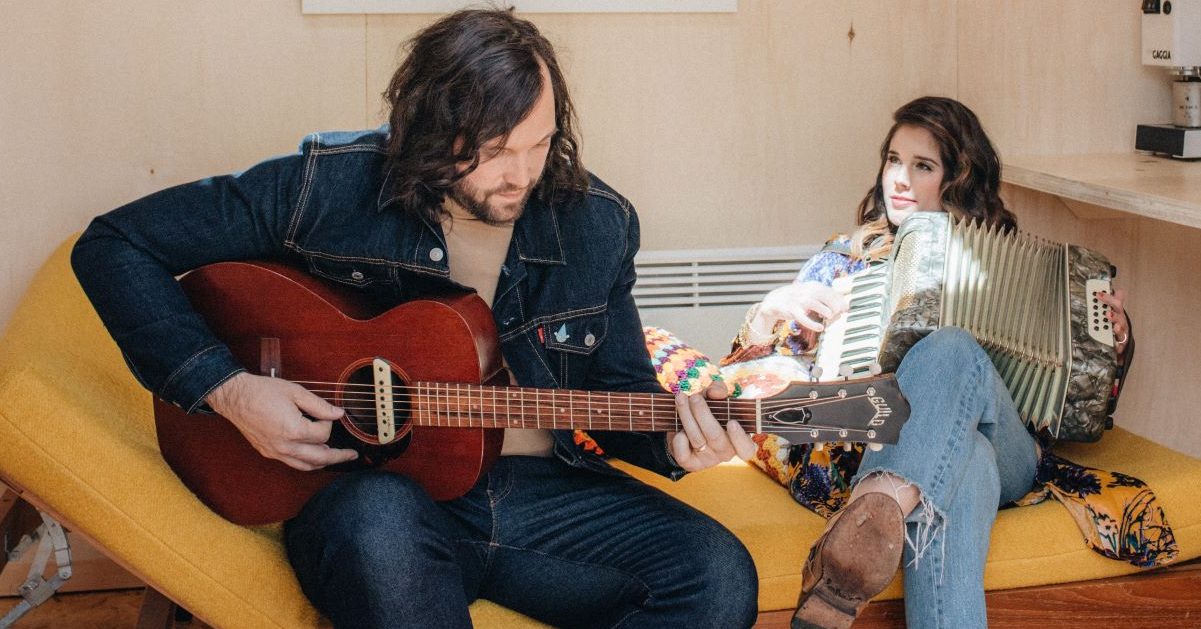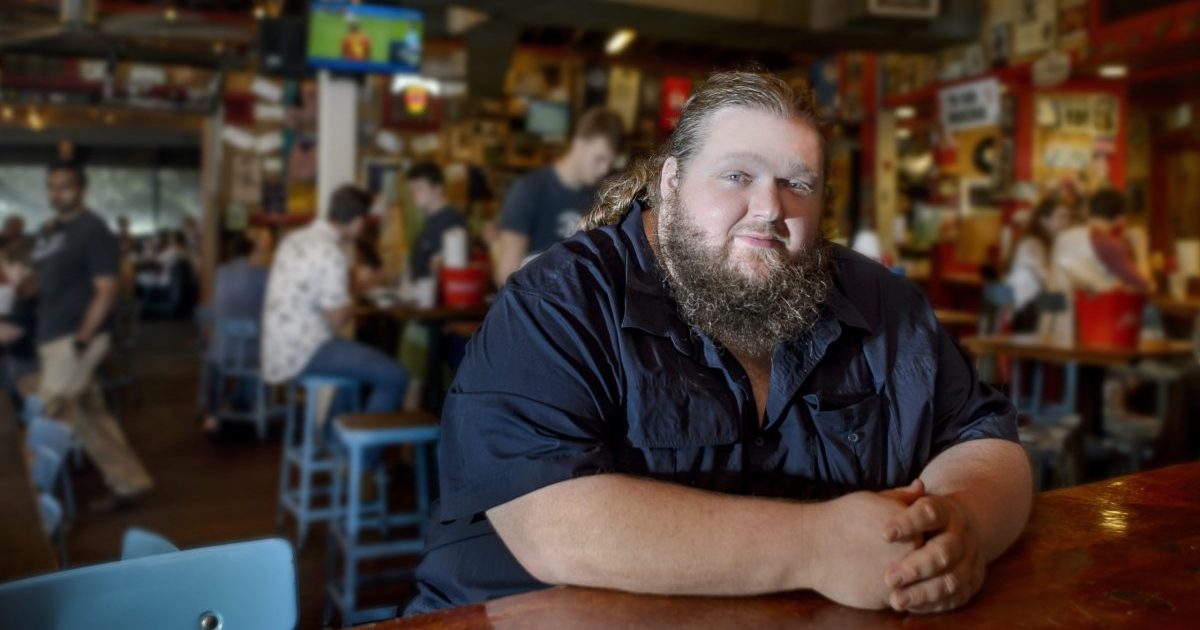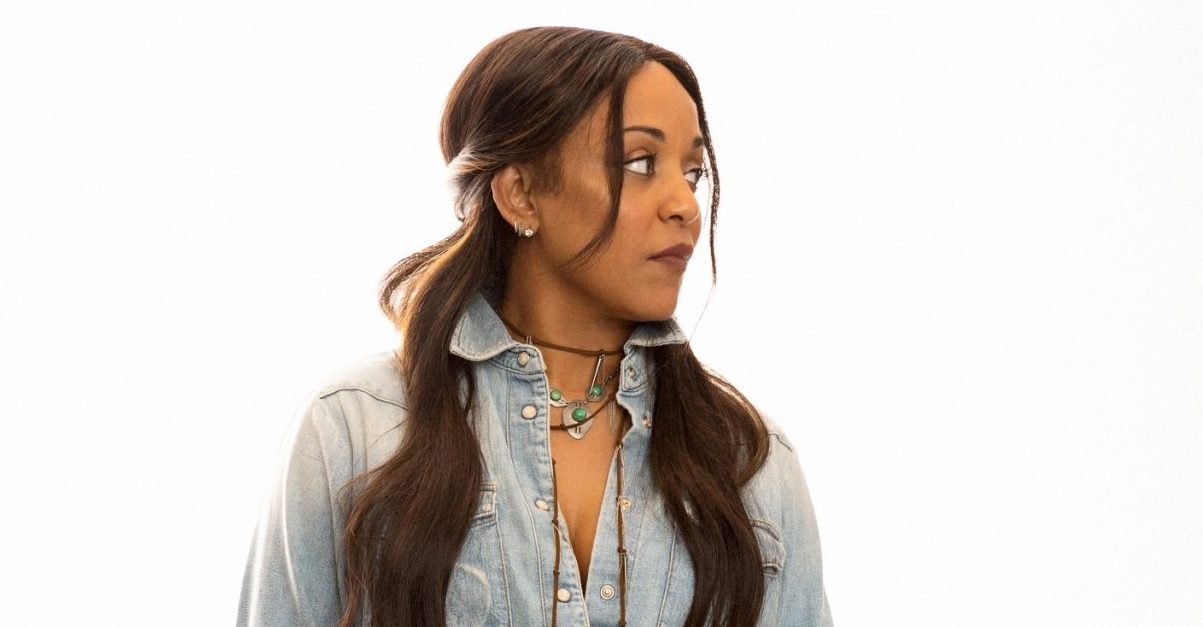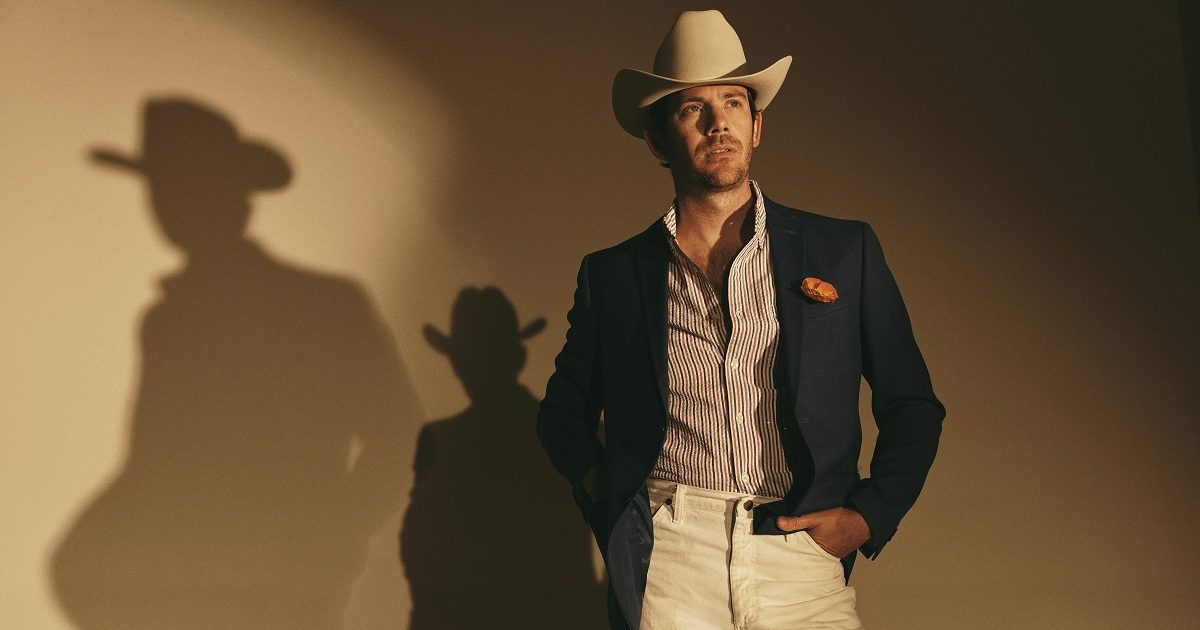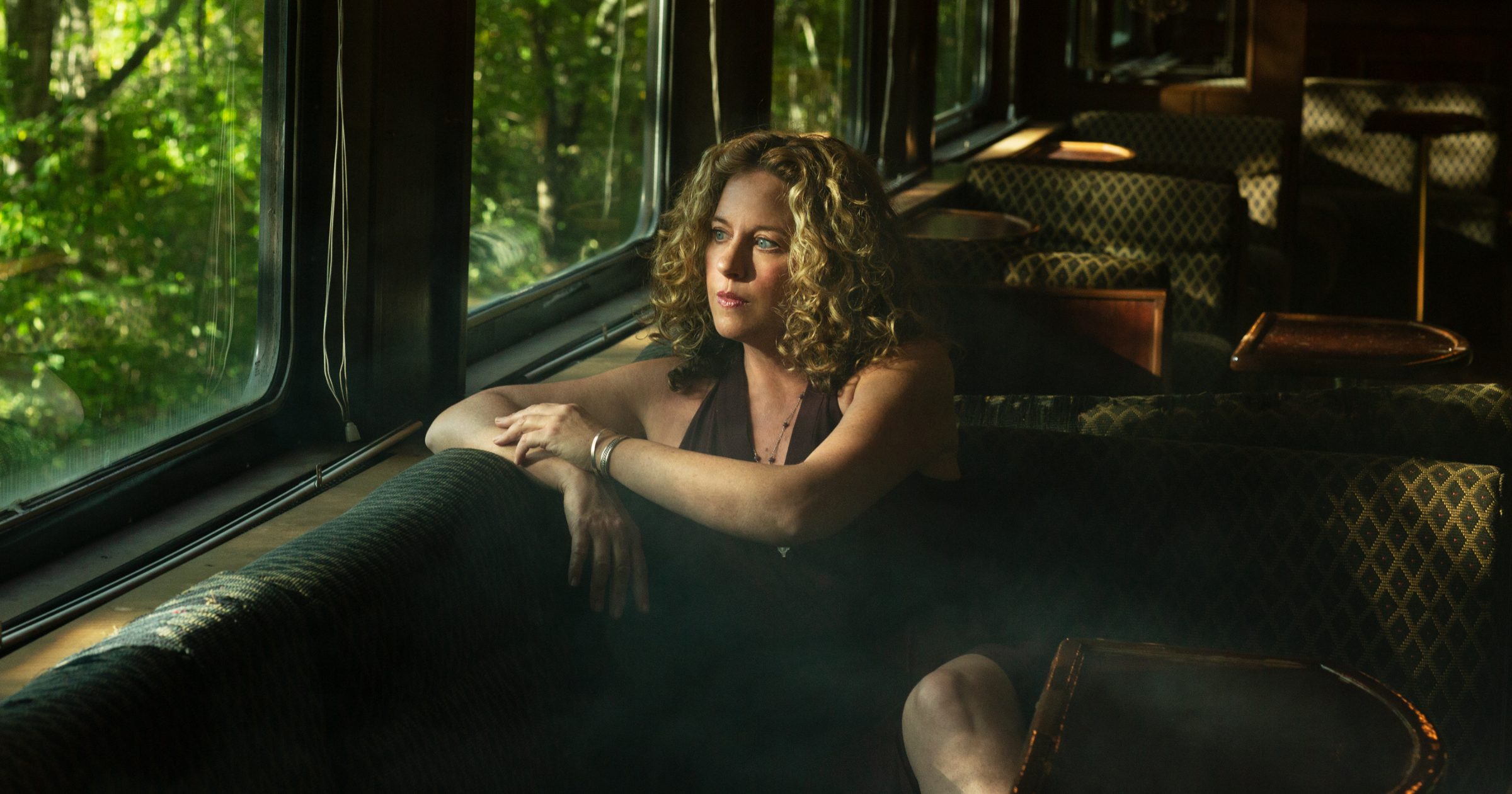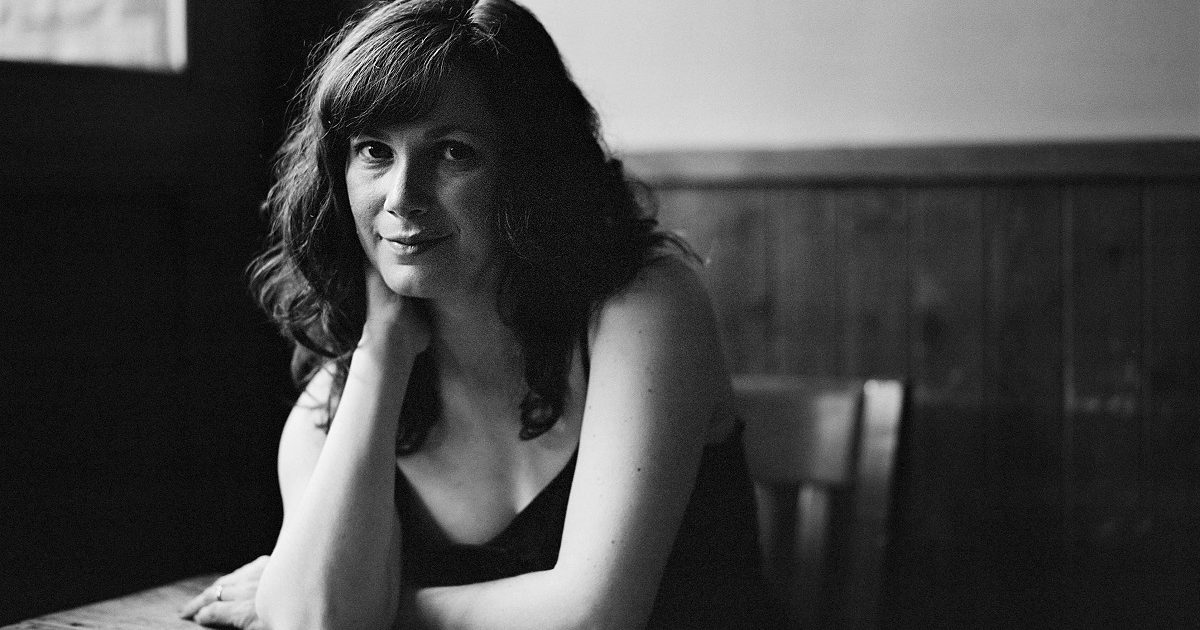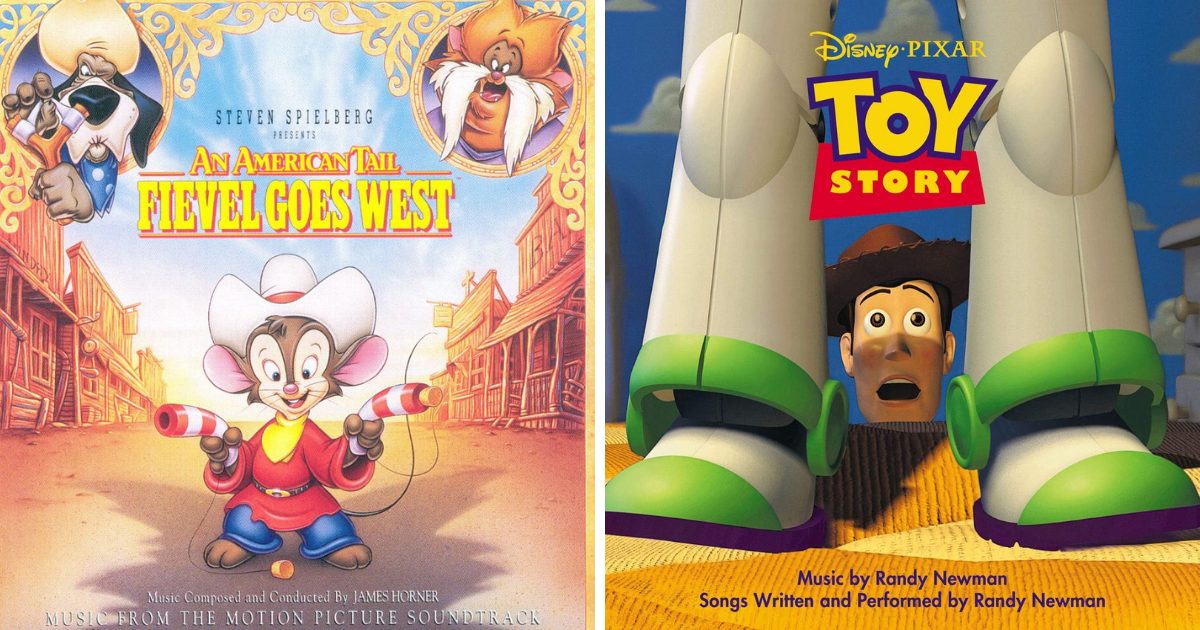Brandi Carlile, Alison Krauss, Keb’ Mo, Bonnie Raitt and Molly Tuttle are among the roots artists receiving nominations for the 65th Annual Grammy Awards, to be presented on February 5 on CBS.
Carlile’s In These Silent Days will compete for Album of the Year and Best Americana Album. In addition, “You and Me on the Rock” (featuring Lucius) is nominated for Record of the Year, Best Americana Performance, and Best American Roots Song, while “Broken Horses” is on the ballot for Best Rock Performance and Best Rock Song.
Krauss and Robert Plant share nominations for Best Country Duo/Group Performance (“Going Where the Lonely Go”) and Best Americana Album (Raise the Roof). In addition, the composition “High and Lonesome” earned Plant and co-writer T Bone Burnett a Best American Roots Song nomination.
Keb’ Mo’ returns to the ballot in the category of Best Americana Album with Good to Be…. His 2019 album, Oklahoma, is a past winner in the category. (Read our BGS interview with Keb’ Mo’.)
Bonnie Raitt’s “Just Like That,” which she wrote, is nominated for Song of the Year and Best American Roots Song. Another of Raitt’s recordings, “Made Up Mind,” is nominated for Best Americana Performance. Her album Just Like That… is up for Best Americana Album.
In a rarity for bluegrass artists, Molly Tuttle secured a high-profile Best New Artist nomination in addition to a placement in the Best Bluegrass Album category (for Molly Tuttle & Golden Highway’s Crooked Tree). Read our BGS interview with Molly Tuttle.)
Other artists nominated in multiple categories include Madison Cunningham, Willie Nelson, Aoife O’Donovan, and Dolly Parton. A selection of American Roots Music nominations are listed below. See the full list of nominations.
Best American Roots Performance
“Someday It’ll All Make Sense (Bluegrass Version)”
Bill Anderson Featuring Dolly Parton
“Life According to Raechel”
Madison Cunningham
“Oh Betty”
Fantastic Negrito
“Stompin’ Ground”
Aaron Neville With The Dirty Dozen Brass Band
“Prodigal Daughter”
Aoife O’Donovan & Allison Russell
Best Americana Performance
“Silver Moon [A Tribute to Michael Nesmith]”
Eric Alexandrakis
“There You Go Again”
Asleep at the Wheel Featuring Lyle Lovett
“The Message”
Blind Boys of Alabama Featuring Black Violin
“You and Me on the Rock”
Brandi Carlile Featuring Lucius
“Made Up Mind”
Bonnie Raitt
Best American Roots Song
“Bright Star”
Anaïs Mitchell, songwriter (recorded by Anaïs Mitchell)
“Forever”
Sheryl Crow & Jeff Trott, songwriters (recorded by Sheryl Crow)
“High and Lonesome”
T Bone Burnett & Robert Plant, songwriters (recorded by Robert Plant & Alison Krauss)
“Just Like That”
Bonnie Raitt, songwriter (recorded by Bonnie Raitt)
“Prodigal Daughter”
Tim O’Brien & Aoife O’Donovan, songwriters (recorded by Aoife O’Donovan & Allison Russell)
“You and Me on the Rock”
Brandi Carlile, Phil Hanseroth & Tim Hanseroth, songwriters (recorded by Brandi Carlile Featuring Lucius)
Best Americana Album
In These Silent Days
Brandi Carlile
Things Happen That Way
Dr. John
Good To Be…
Keb’ Mo’
Raise the Roof
Robert Plant & Alison Krauss
Just Like That…
Bonnie Raitt
Best Bluegrass Album
Toward the Fray
The Infamous Stringdusters
Almost Proud
The Del McCoury Band
Calling You From My Mountain
Peter Rowan
Crooked Tree
Molly Tuttle & Golden Highway
Get Yourself Outside
Yonder Mountain String Band
Best Traditional Blues Album
Heavy Load Blues
Gov’t Mule
The Blues Don’t Lie
Buddy Guy
Get On Board
Taj Mahal & Ry Cooder
The Sun Is Shining Down
John Mayall
Mississippi Son
Charlie Musselwhite
Best Contemporary Blues Album
Done Come Too Far
Shemekia Copeland
Crown
Eric Gales
Bloodline Maintenance
Ben Harper
Set Sail
North Mississippi Allstars
Brother Johnny
Edgar Winter
Best Folk Album
Spellbound
Judy Collins
Revealer
Madison Cunningham
The Light at the End of the Line
Janis Ian
Age of Apathy
Aoife O’Donovan
Hell on Church Street
Punch Brothers
Best Regional Roots Music Album
Full Circle
Sean Ardoin And Kreole Rock And Soul Featuring LSU Golden Band From Tigerland
Natalie Noelani
Natalie Ai Kamauu
Halau Hula Keali’i O Nalani – Live at the Getty Center
Halau Hula Keali’i O Nalani
Lucky Man
Nathan & The Zydeco Cha Chas
Live at the 2022 New Orleans Jazz & Heritage Festival
Ranky Tanky
Photo Credit: Pamela Neal (Brandi Carlile); Jeremy_Cowart (Keb’ Mo’); Samantha Muljat (Molly Tuttle)
